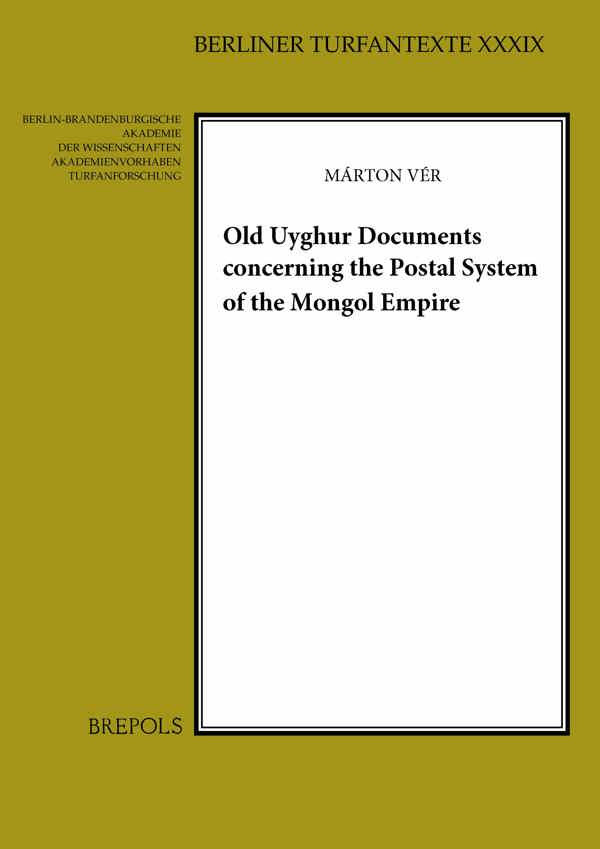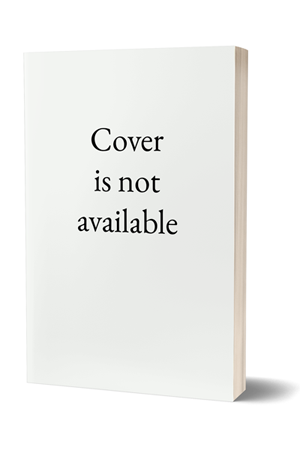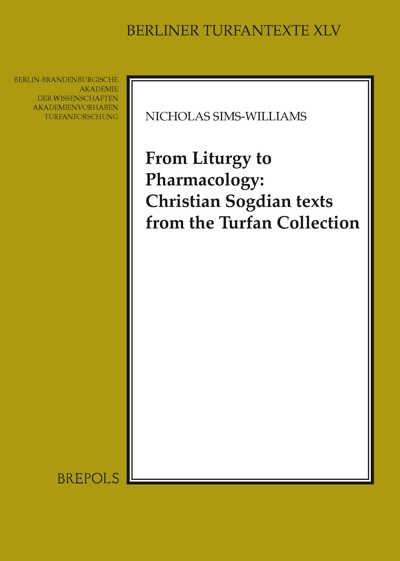
Old Uyghur Documents concerning the Postal System of the Mongol Empire
Márton Vér (ed)
- Pages: 263 p.
- Size:210 x 297 mm
- Language(s):English, Uygur
- Publication Year:2019
- € 60,00 EXCL. VAT RETAIL PRICE
- ISBN: 978-2-503-58417-1
- Paperback
- Temporarily Out of Stock
This is the first collected edition of the Old Uyghur fragments related with the postal system in the Mongolian period.
“The monograph will be of interest to specialists in the field of Turkology, Mongolian studies, medieval history of Eurasia, and especially to those investigating the history of the Mongol Empire. In particular, the conclusions and advances of the Hungarian scholar will be useful in analyzing Turkic documentary sources of the Golden Horde and post-Golden Horde times.” (I.A. Mustakimov, in Golden Horde Review, 8/1, 2020)
“Márton Vér has produced an invaluable edition of one of the only “archives” yet available of the Mongol postal system. It will be the indispensable vade mecum of all future research on that system and on Uyghur state-society relations in the Mongol empire.” (Christopher Atwood, in Orientalistische Literaturzeitung, 117/2, 2022, p. 172)
Márton Vér is a specialist in Turkology and the History of Central Asia. His research focuses on the edition and interpretation of Old Uyghur documents from the Mongolian period.
It is well known that the Mongols recognized the need for a fast and reliable flow of information and commercial goods at an early stage of their conquests. This necessity led to the establishment of an empire-wide postal relay system. Unprecedented in both size and efficiency, the pan-Eurasian network of messengers and postal stations became one of the Chinggisids' most important imperial institutions.
This new volume of the Berliner Turfantexte presents an edition and English translation (with detailed commentary) of the surviving Old Uyghur documents related to the postal system of the Mongol Empire (13th–14th centuries), many of which are previously unpublished. Mostly preserved in the Berlin Turfan collection, these unique texts were unearthed in the Turfan region and in the vicinity of Dunhuang. Comprising a range of administrative records and other documents with links to the postal system, they provide multiple snapshots of its operation at local and regional level. Their study therefore enables us to examine the postal system from a completely different point of view than that found in previous reconstructions, which tended to focus on narrative sources. Exposing administrative strata and regional nuance, the work sheds new light on this vital aspect of imperial Mongol rule.
The book concludes with a bibliography, indices and tables of concordance. This work will be of interest for specialists in Turkology, Mongolian studies, medieval Central Eurasian history, information history and the Mongol Empire.




